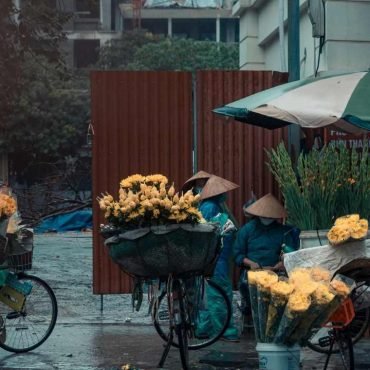Hoi An, a charming city located in central Vietnam, is a destination that will transport you back in time with its well-preserved ancient town and rich cultural heritage. Hoi An tour packages offer a unique opportunity to explore this UNESCO World Heritage Site and immerse yourself in its timeless beauty.
As you stroll through the narrow streets of Hoi An, you’ll be captivated by the well-preserved architecture, adorned with colorful lanterns and traditional wooden houses. The town’s historic buildings reflect a blend of influences, including Chinese, Japanese, and European, creating a truly enchanting atmosphere.
One of the highlights of Hoi An is its bustling marketplaces, where you can discover a variety of local handicrafts, textiles, and souvenirs. The Central Market is a vibrant hub where you can witness the vibrant daily life of the locals and sample delicious street food. Don’t miss the opportunity to try the local specialty, cao lau, a flavorful noodle dish unique to Hoi An.
Hoi An is also known for its tailor-made clothing, and many visitors take advantage of the skilled local tailors to have custom-made garments created. From traditional Vietnamese ao dai to modern fashion pieces, you’ll find a wide range of options to suit your style.
A visit to Hoi An is incomplete without exploring its surrounding natural beauty. Take a boat ride along the Thu Bon River and witness the serene countryside landscapes. You can also enjoy a bicycle ride through lush rice fields and picturesque villages, experiencing the idyllic charm of rural Vietnam.
The city truly comes alive at night, as the lanterns illuminate the streets and the town transforms into a magical wonderland. Join the locals and tourists alike in releasing floating lanterns on the river, a tradition believed to bring good luck and happiness.
With its warm hospitality, rich history, and captivating beauty, Hoi An offers a truly memorable experience. Hoi An tour packages provide a comprehensive way to discover the city’s hidden gems, engage with the local culture, and create lifelong memories.
Book your Hoi An tour package today and embark on an unforgettable journey through this enchanting city. Explore its ancient treasures, savor the local flavors, and immerse yourself in the charm of Hoi An.





